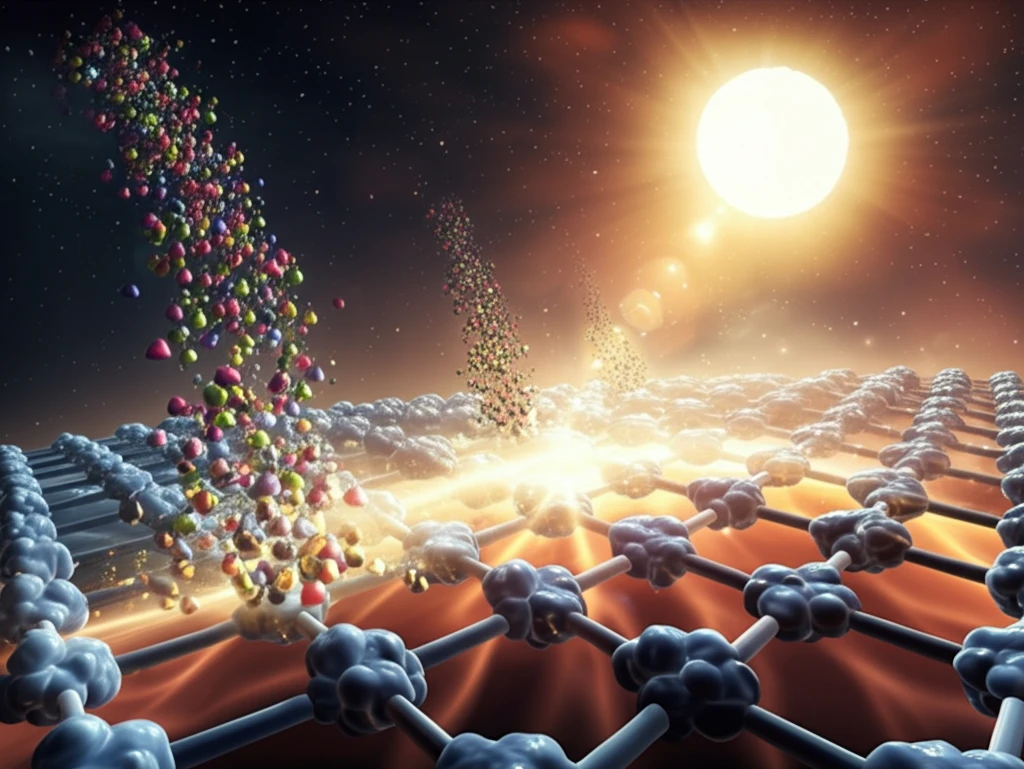
Revolutionizing Solar Energy: How Nanotechnology is Boosting Efficiency
"Discover the groundbreaking role of La2CdSnTiO4-WSe2 perovskite nanoparticles in enhancing dye-sensitized solar cells."
In an era defined by the urgent need for sustainable energy, solar power stands out as a beacon of hope. Dye-sensitized solar cells (DSSCs) are gaining traction as a promising alternative to traditional silicon-based solar cells. DSSCs offer advantages like lower manufacturing costs and environmental friendliness, making them an attractive option for widespread adoption.
However, improving the efficiency of DSSCs is critical to making them a competitive energy source. Researchers are constantly exploring new materials and methods to enhance their performance. One promising area of innovation involves nanotechnology, specifically the use of novel nanomaterials to optimize the functionality of DSSCs.
Recent research has highlighted the potential of La2CdSnTiO4-WSe2 perovskite nanoparticles in significantly boosting the efficiency of DSSCs. By integrating these nanoparticles with graphene oxide, scientists have created a synergistic effect that enhances the overall performance of solar cells, marking a significant step forward in renewable energy technology.
The Science Behind the Innovation

The core of this breakthrough lies in the unique properties of La2CdSnTiO4-WSe2 perovskite nanoparticles. Perovskites, a class of materials with a specific crystal structure, have shown remarkable potential in solar energy applications due to their excellent light-absorbing capabilities and efficient charge transport. When combined with graphene oxide, these nanoparticles create a composite material with enhanced electrocatalytic activity.
- Enhanced light absorption
- Improved electron transport
- Increased electrocatalytic activity
- Higher energy conversion efficiency
The Future of Solar Energy is Bright
The development of La2CdSnTiO4-WSe2 perovskite nanoparticles represents a significant advancement in solar energy technology. By harnessing the power of nanotechnology and synergistic material combinations, researchers are paving the way for more efficient, cost-effective, and environmentally friendly solar cells. As the demand for renewable energy continues to grow, innovations like these will play a crucial role in shaping a sustainable future.
